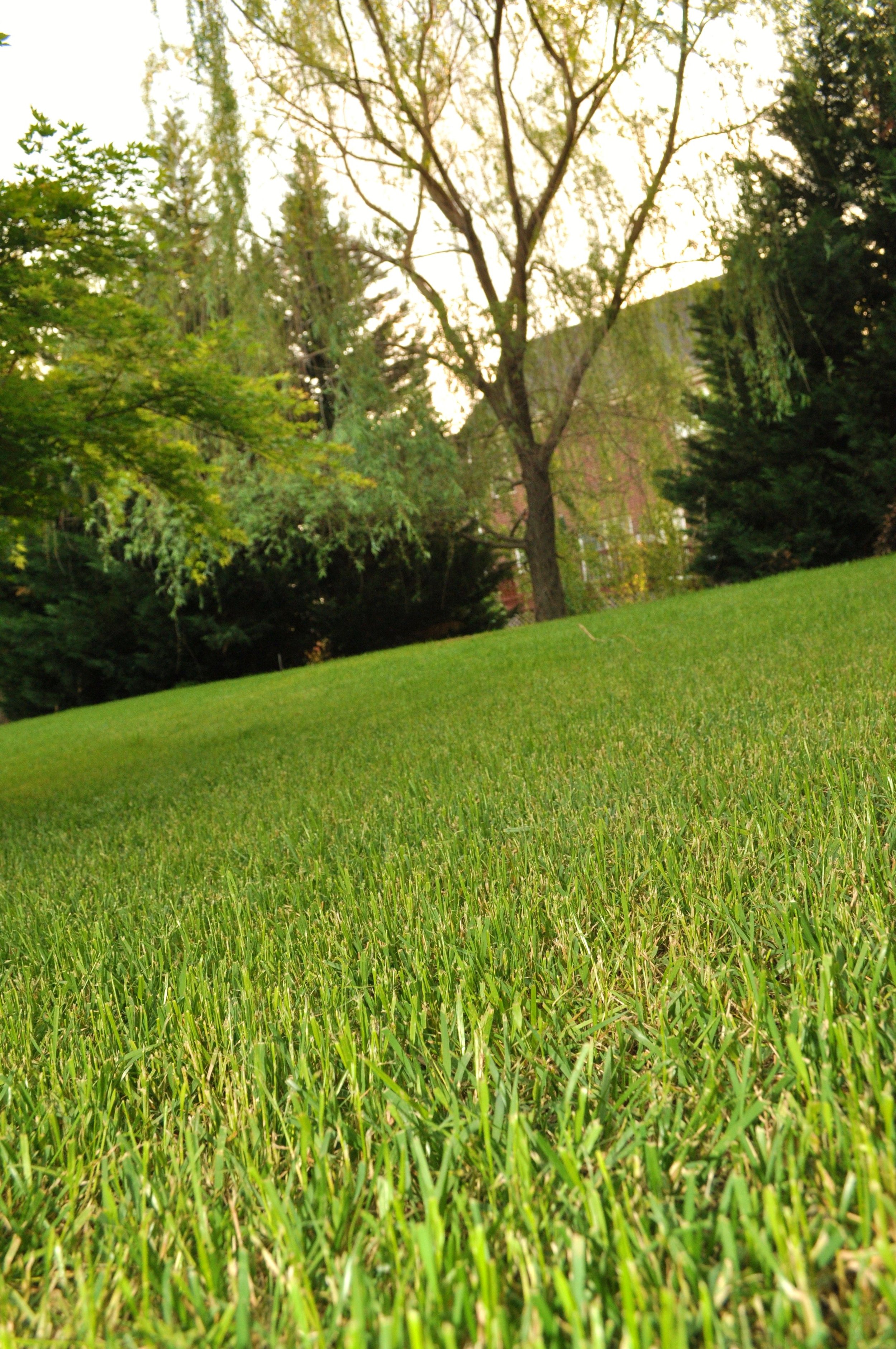Control Crabgrass in Spring Hill and Nolensville, TN, by Following These Steps
Crabgrass in the Spring Hill and Nolensville, TN, areas can be problematic when one of your goals is to have your lawn looking beautifully maintained with lush, green grass. Having a professional lawn care service take care of crabgrass control is the right approach, but you may also want to know the steps involved in helping to control crabgrass.
Pre-Emergence Herbicide Application
Pre-emergence herbicide may be applied in the spring before crabgrass even gets a chance to grow. This type of herbicide is often referred to as crabgrass preventer. It works by creating a chemical barrier on the soil so that when crabgrass seeds germinate, they will die. Pre-emergence herbicide helps prevent crabgrass, but will likely not completely prevent crabgrass from growing at all.
Lawn Fertilization
Your lawn can be fertilized using a lawn fertilizer that includes a crabgrass preventer. This tends to be most effective when it is applied just before a rain because that will help it get into the soil. Fertilizer is an effective method of preventing crabgrass growth because the more lush the grass is, the less likely crabgrass can grow.
It’s important not to apply fertilization too early in the season when the soil may not be warm enough for it to work properly. It’s usually best to apply a lawn fertilizer and crabgrass preventer combo after the second or third time that your lawn is mowed. However, it’s also important not to wait too long to apply it because it needs to be applied during the early stages of crabgrass germination.
A Well-Watered Lawn
Keeping your lawn watered will help pre-emergence herbicides to absorb into the soil, which will increase their effectiveness. Beyond this initial watering, you will want to have your lawn watered at least once a week, depending on the weather. When the grass is healthy and strong, it’s less likely that weeds like crabgrass will be able to germinate.
Ongoing Cutting
Grass is often recommended to be maintained at 2 to 3 inches tall. If the grass is shorter than this, it can give weeds a chance to germinate. Letting your lawn grow to this height can promote the health of the grass, which prevents crabgrass from growing at all.
Lawn Aeration
When the soil is hard and compacted, it prevents the grassroots from getting the air and water that is needed for its health. If you notice that the ground is hard, you may need to have your lawn aerated. This process loosens the soil, making it easier for the grassroots to get the essential nutrients, air, and water that are needed to thrive.
Removal of Immature Crabgrass
When all of the previous steps are followed, you may still notice crabgrass sprouting here and there throughout your yard. In these situations, you may choose to have the weeds pulled. It’s important to only have immature crabgrass pulled.
You can tell the difference between an immature plant and a mature plant by looking at the seed heads. An immature crabgrass plant will have tight, green seed heads while a mature crabgrass plant will have a seed head that is spread out. If a mature crabgrass plant is pulled, it’s likely that the seeds will be spread and you can expect more crabgrass to grow.
Post-Emergence Herbicide Application
Whether you choose to have the remaining crabgrass pulled or not, you may also want to consider having a post-emergence herbicide applied. This herbicide will target crabgrass specifically and kill the plants.
About the Author
For over 30 years, our locally operated business has provided comprehensive premium care to lawns in the greater Nashville area. Utilizing high-quality turf, top-of-the-line application equipment, and golf course–grade materials, our technicians bring playing and gathering spaces back to life.

